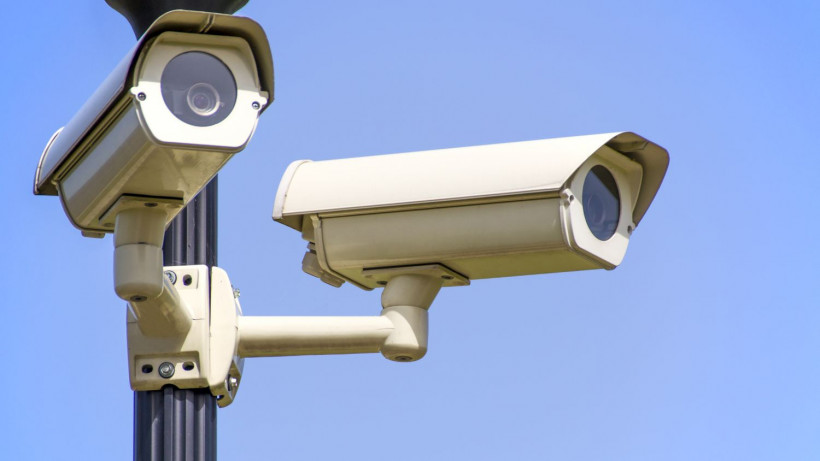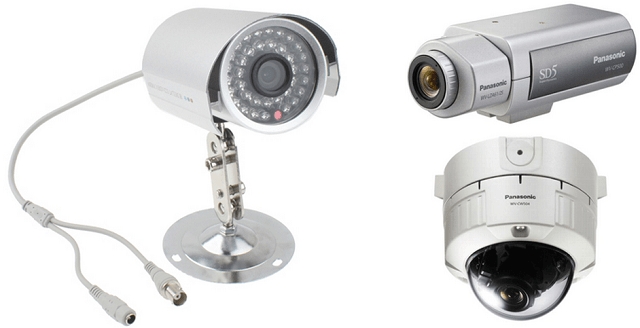For remote control of the operation of mechanisms, devices, an electronic long-range access device is used. The remote control is used to control production operations, communication systems, to coordinate the flight of unmanned aerial vehicles, aircraft, missiles. A small flat case with keys is used to control consumer electronics from a distance.
Remote control device
There are basic parts on the panel of the universal remote control:
- power key, device selection;
- volume control and channel switching, date and time settings;
- numeric keys for entering numbers;
- programming buttons;
- joysticks for navigating through the menu;
- keys, the purpose of which is chosen by the user himself;
- LCD or touch screen showing current information.
For devices with many functions, a complex system with regulation of the frequency of waves is needed, it also protects the channel from interference and encodes the issued commands. Digital conversion is used by the remote control microcircuit and decoding by the receiver.
How the remote control works
If the frequency of the receiver and transmitter does not match, the remote control will work, but its sensitivity will decrease. Several modulated bursts of pulses create a coded transmission, and the receiver contains a transmitter, a filter circuit and a frequency detector.
Previously, only the basic commands of the controlled device were put on the console, most of the controls were located on the body of household appliances. The situation has changed: it is possible to control ventilation, gates, lighting, traffic light equipment only with a remote device.
Types of wireless remotes

The devices are powered by 2 - 4 removable AA, AAA batteries, less often batteries "Krona" 9 V are used. An IR LED requires 2.5 volts to operate, therefore several elements are required to ensure the remote control line. Experts advise alkaline or saline batteries.
By the type of power supply, there are consoles:
- autonomous;
- devices powered by a 220 V electrical network or with a 360 V converter.
They produce portable devices that are more often used in everyday life for wireless control of lamps, chandeliers, opening gates, the operation of the tail lift, and other switches. The built-in IR remote control is mounted to control complex “smart home” systems or installed in industrial complexes to control, for example, a crane.
By functionality, control devices are distinguished:
- with a limited number of teams;
- with a choice of the number of orders (universal version, for example, ABCD brand);
- with the ability to train a set of signals (trainable models, for example, DC V).
Communication with the controlled equipment is established mechanically or by wire, using a radio channel, WI-FI, ultrasonic and infrared methods. The Trodfree driver adjusts the light in the household remote, and the Wireless USB replaces standard wired transmissions.
Remote control circuit
To distinguish the commands of the transmitting unit, a coding method is used. Before broadcasting the signal, the console issues one or more synchronous packets so that the touch receiver sets up the receive circuit and synchronizes with the transmitter in phase and degree of sensitivity.
Two schemes have been developed for this purpose:
- The first system is used in a Philips remote control (according to RC5 and RC4 protocols). Signal sending 0 is complemented by the digit 1, and sending 1 requires the addition of 0. Signal 001 comes in the form of 010110 and is read sequentially, and a simulated packet is fed into space.
- The authors of the second coding scheme are representatives of Sony. A one is transmitted in a modulated burst, and a zero means a pause. Zero conveys coded information at the same time value of one.
Studies have shown that the duration of the signals varies with time deviations at the level of + -10%. The transmitted packets are modulated by changing the frequency, which affects the range of the device.
How to make a remote control yourself

A remote control is a device that can be assembled by transforming a smartphone. You need to purchase infrared diodes or remove them from unnecessary remotes (2 pcs.) And a plug from old headphones. For assembly, you will need emery, electrical tape and superglue, the work is carried out with nippers and a soldering iron.
For manufacturing, the following steps are performed:
- On the one hand, the elements of the IR diodes protruding from the side are cleaned using sandpaper.
- The diodes are connected with the help of superglue so that the worn-out side is inside.
- The legs of the diodes must be bent and the excess protrusions must be dismantled with wire cutters.
- The anodes are soldered to each other with a soldering iron.
- A similar processing of the second diode is carried out;
- Both LEDs must be connected to the pins without observing the polarity.
- The place of soldering is coated with glue and protected with insulating tape.
Connection mode is done via IR Port or WI-FI, IR Blaster. The TV modification is selected and the action is confirmed. The redesigned smartphone is sent to the IR receiver of the home screen, the functions are controlled.
Scope of use of remote control
Different manufacturing technologies affect the final actions of the device and its cost. The consoles control one or several units, the range of application is determined by the manufacturer. Teachable models make it possible to specify a list of coordinated equipment through programming.
In everyday life, the IR remote control works with all modern models of household appliances, is used in a comprehensive home automation system to control the climate, organize protection against burglary, opens and closes entrance openings, adjusts the operating mode of cooking and heating units.
Benefits of remote controls
The transition to remote control provides convenience for the user, since there is no need to move around the house to turn on the light, set the microclimate parameters in the room. In an automated system, a person can use the remote control to ensure high-quality work at home without getting up.
Remote response successfully works when objects are far from the operator, for example, when coordinating aircraft, airplanes, cars. Beacons, repeaters, radio communication stations are controlled from a distance and do not require the direct presence of a person.
Games such as the Xbox previously used a wired communication system, but replacing them with wireless remotes gives players more options.













